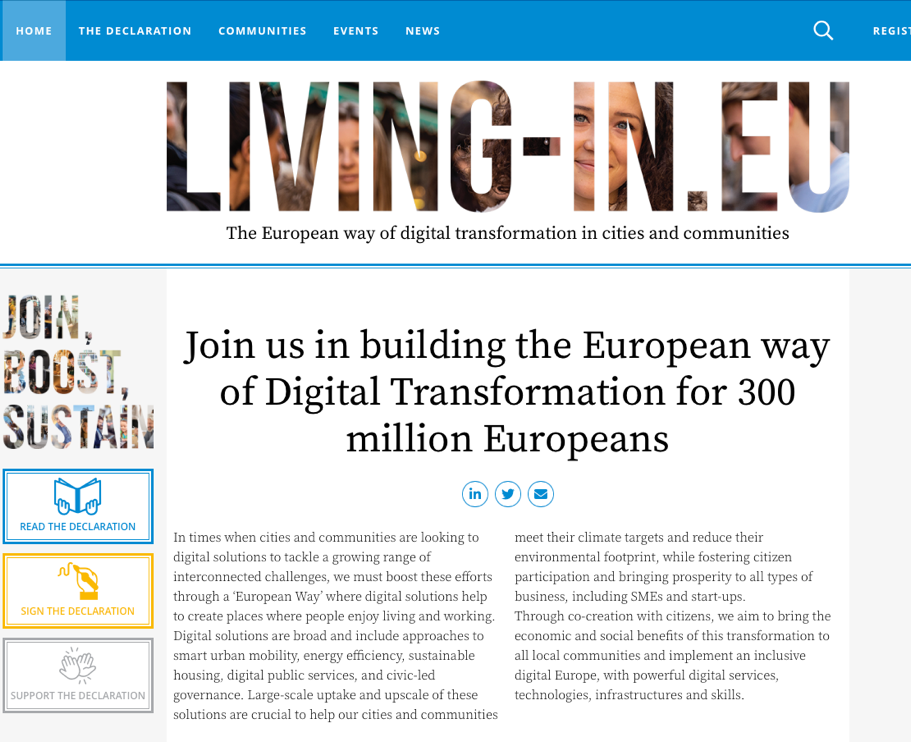Minimal Interoperability Mechanisms (MIMs) are the minimal but sufficient capabilities needed to achieve interoperability of data, systems, and services between buyers, suppliers and regulators across governance levels around the world. Because the mechanisms are based on an inclusive list of baselines and references, they take into account the different backgrounds of cities and communities and allow cities to achieve interoperability based on a minimal common ground.
The MIMs are aimed to provide solutions that will work internationally. MIMs plus is a version of the MIMs where each MIM is linked to the EU policy context and are managed through Living-in.eu (https://living-in.eu/).
Implementation can be different, as long as crucial interoperability points in any given technical architecture use the same interoperability mechanisms. The MIMs are vendor neutral and technology agnostic, meaning that anybody can use them and integrate them in existing systems and offerings, complementing existing standards and technologies. The Minimal Interoperability Mechanisms (MIMs) start from identifying what cities need to develop a local data ecosystem and then to provide a complete set of building blocks that will enable a city to put it in place.
The aim for each MIM is to provide sufficient interoperability to allow “good enough” integration of systems and the development of a viable market – cutting costs, minimising risk and preventing vendor lock-in. They will be “Minimal” to ensure there is no unnecessary complexity or time-to-implement, with the aim that the cost for cities to implement (staff time, software, hardware) will be less than, say, €50,000. They will provide a clearly defined mechanism so that It is easy to determine if a product or service is compliant and to identify what steps are needed to implement them.
These are not completely new pieces of work. Where there are existing authoritative standards, the MIM will point to the most important standards and the core requirements of those standards that a city could put in place as a first step to start to see immediate benefit in developing the local data ecosystem.
Where there are several standards initiatives that cover the same ground, the aim will be to identify the lowest common denominator (or the NIST Pivotal Points of Interoperability) that will make it easy to link products and services that comply with those different sets of standards.
Where policy or procurement requirements have been agreed, but there are no technical specifications to support these, then, and only then, the MIMs will aim to fill this gap. By promoting the construction of energy-efficient and environmentally friendly buildings, "Living.in-EU" and "MIM Plus" aim to contribute to a more sustainable built environment in the European Union.

Living-In.eu site promoting digital transformation (Source: https://living-in.eu )
Comments ()